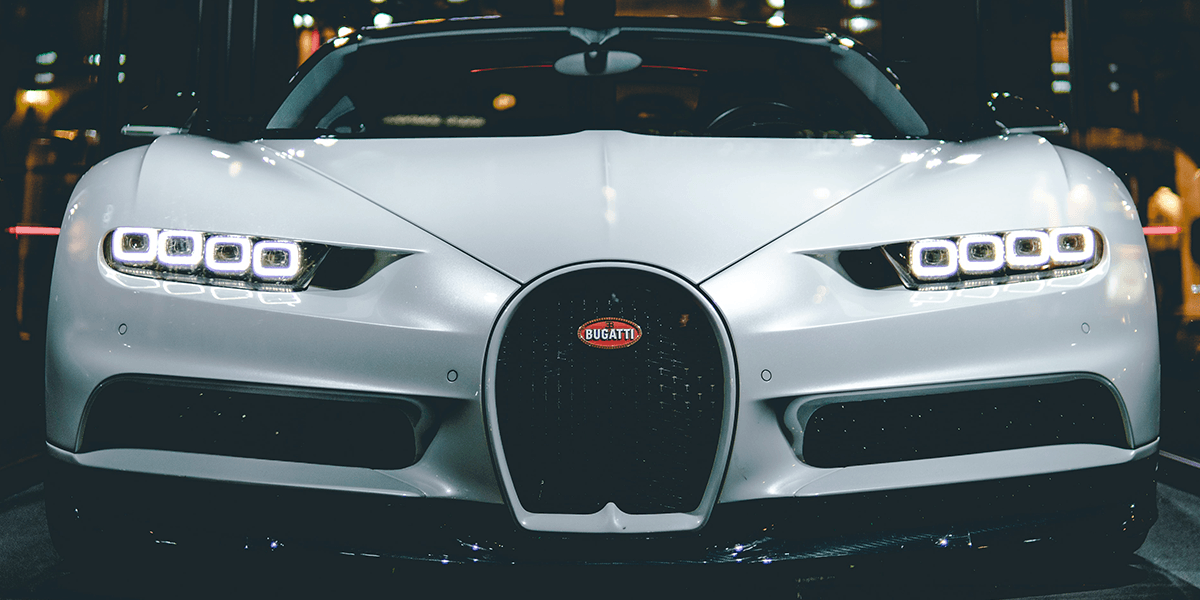
Bugatti
An engineering masterpiece. A US$2.6m price tag. Priceless free marketing that comes with the ‘world’s fastest’ achievement. You’d think the car was a licence to a money printer. In reality it's not the case.
Bugatti
A new age arms race. Volkswagen’s Bugatti Veyron was every 12-year old’s first crush for over a decade. One of the world’s fastest road cars, it reaches speeds of 407km/h. A record at the time.
An engineering masterpiece. A US$2.6m price tag. Priceless free marketing that comes with the ‘world’s fastest’ achievement. You’d think the car was a licence to a money printer. In reality, each unit is estimated to cost US$6m to produce and was sold for less than half of that. Despite being discontinued in 2015, why was the Veyron produced in the first place?
Volkswagen is a public company with a responsibility to their shareholders. It can be argued that they are.
The Bugatti provides value in two ways. Firstly, it is a marketing machine. For foreseeable history, a generation will remember VW’s Veyron as an engineering marvel. People are obsessed with speed and action. When Felix Baumgartner jumped from the edge of space, it is estimated that Red Bull gained billions in free publicity for the US$30m they poured into the project. The Veyron could have had similar benefits for VW and any future Bugatti projects.
Secondly, the intense research and development that goes into developing such a car can trickle down to their more common vehicles. Every component in the modern Golf was once a high-end, expensive and advanced piece of technology from ABS braking, which was first reserved for aircraft, to automatic gear shifting.
Loss leaders are no new concept. We have written about Costco’s model in the past. The wholesaler barely breaks even on products like its rotisserie chickens while it routinely sells petrol at a 20% discount to competitors all in an effort to drive subscriptions to its store.